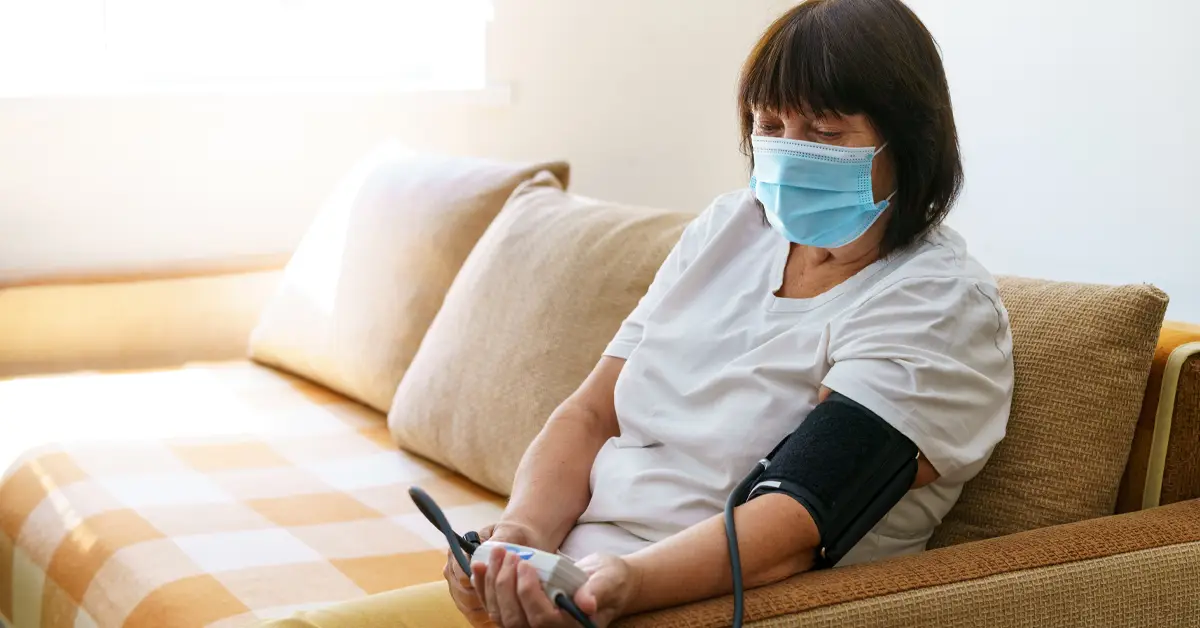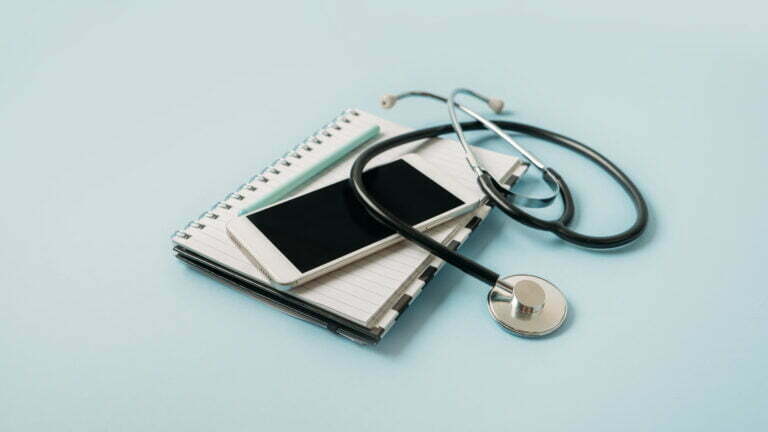Home health monitors are becoming increasingly important as more patients are receiving care in their own homes. A meta-analysis of 15 reviews published between 2003 and 2013 by the Journal of Medical Internet Research found that home telemonitoring interventions can significantly reduce the risk of all-cause mortality and heart failure-related hospitalizations compared to usual care. The decreased risk is due in part to the fact that home monitoring of patients with chronic conditions can improve self-management and self-efficacy, leading to better patient outcomes and quality of life.
In this article, we will explore the 5 best practices for home health monitors to boost patient safety and reduce costs.
1. Use Technology to Remotely Monitor Vital Signs
By using wearable devices or smart watches that are equipped to record physiologic health information, healthcare providers can continuously track patients’ vital signs such as heart rate, blood pressure, and oxygen levels. If any concerning changes are detected, an alert can be sent to the healthcare provider, allowing them to address the issue before it becomes more serious.
Using technology to monitor vital signs can help prevent costly hospital visits and ensure that patients receive timely care. Additionally, the use of technology to remotely monitor vital signs can give patients and their families peace of mind, knowing that their healthcare provider is always keeping abreast of their health.
For example, patients with high blood pressure can use wearable devices to track their blood pressure levels and report any concerning changes to their healthcare provider. Continuous monitoring of blood pressure can be especially important for patients with high blood pressure, as it allows healthcare providers to take action to prevent potential health complications.
Blood pressure monitors, blood sugar monitors, and pulse oximeters are just a few examples of medical devices that can be used for home health monitoring. These devices allow patients to track their vital signs, such as blood pressure, blood sugar, and blood oxygen levels, from the comfort of their own homes. By using these devices, patients can more easily manage their health and report any concerning changes to their healthcare providers.
2. Implement Telehealth Services
Telehealth refers to the use of technology, such as video conferencing and Remote Patient Monitoring (RPM), to provide healthcare services remotely. By using telehealth, healthcare providers can offer virtual checkups and consultations to their patients, allowing them to receive care from the comfort of their own homes.
Telehealth can be especially beneficial for patients who have mobility issues or live in remote areas. The use of telehealth can also improve access to care, as patients can more easily schedule appointments and communicate with their healthcare providers. By implementing telehealth services, healthcare providers can reduce for the number of patient in-person visits while monitoring and managing their patients’ care remotely.
3. Encourage Patient Self-Management
By empowering patients to take a more active role in their own care, healthcare providers can help to improve patient outcomes and reduce costs. Patients can be taught to safely and effectively monitor their own vital signs and report any changes to their healthcare provider.
Patient self-management can be done using technology such as wearable devices or smartphone apps. With the ability to have more health information at their fingertips thanks to this technology, patients can be educated on how to properly manage their conditions and make healthy lifestyle choices. By encouraging patients to take ownership of their own care, healthcare providers can improve patient engagement and empower patients to make informed decisions about their own health.
4. Use Predictive Analytics to Identify At-Risk Patients
Predictive analytics involves analyzing large amounts of patient data to identify those who are at a higher risk for complications or adverse events. A review published in the Journal of Medical Internet Research found that predictive analytics models based on electronic health records can be effective at identifying patients at risk of adverse outcomes such as readmission, hospitalization, and mortality. By using this data, healthcare providers can proactively address potential issues before they become more serious.
For example, if a patient is identified as being at a high risk for falls, the healthcare provider can implement preventive measures such as installing handrails or providing balance training. By using predictive analytics to identify at-risk patients, healthcare providers can improve patient safety and reduce the burden on the healthcare system.
5. Engage Family and Caregivers
Family members and caregivers can play a crucial role in the care of patients at home by engaging them in the care process, which can improve patient outcomes and reduce costs. Healthcare providers can provide family members and caregivers with the necessary tools and education to assist with the care of their loved ones.
Family and caregivers can be given training on how to monitor vital signs, administer medication, and provide support for patients with chronic conditions. By engaging family and caregivers in the care process, healthcare providers can ensure that patients receive the support they need to manage their health at home.
Benefits of Remote Patient Monitoring (RPM)
RPM, or Remote Patient Monitoring, is a type of healthcare delivery that uses technology to monitor and manage the care of patients remotely. Home health monitors are a key component of RPM, as they allow healthcare providers to track patients’ vital signs and other health data from a distance.
With the rise of COVID-19, home health monitoring has become even more important as a way to reduce the risk of infection and improve healthcare delivery. Many of these devices, such as blood pressure cuffs and glucose monitors, can be connected to smartphones or other electronic devices using Bluetooth technology, making it even easier for patients to track and share their vital signs with their healthcare providers. By using at-home medical devices, patients can improve their health outcomes and receive the care they need to manage their conditions effectively.
DrKumo: A Comprehensive Solution for Remote Patient Monitoring and Home Health Monitors
DrKumo is a company that offers remote patient monitoring technology solutions and telehealth support services to help healthcare professionals monitor and manage their patients’ health in real-time. DrKumo’s devices, which include blood pressure monitors, blood glucose meters, pulse oximeters, weight scales, and smart watches, are designed to be easy to use electronically in order to improve patient outcomes and reduce the need for hospital visits.
DrKumo’s telehealth services are accredited by URAC, are compliant with HIPAA, and use secure sensor-fusion technology to monitor patients’ health. The company’s Intelligent Cloud Server ensures the secure transmission and storage of data. By using DrKumo’s technology, healthcare professionals can reduce ER visits, improve medical adherence, and enhance patient satisfaction.
Takeaways
Home health monitors have the potential to revolutionize the way healthcare is administered. By providing more accurate data, allowing for remote monitoring of vital signs, and providing timely alerts, these devices can empower individuals to take control of their own health while providing clinicians with unprecedented insights into patient health. It remains to be seen how quickly the technology will be adopted in mainstream healthcare settings, but the potential for improved patient outcomes is clear.
If you are a healthcare provider or a network of providers looking for ways to revolutionize your practice through home health monitoring devices, contact DrKumo now!








